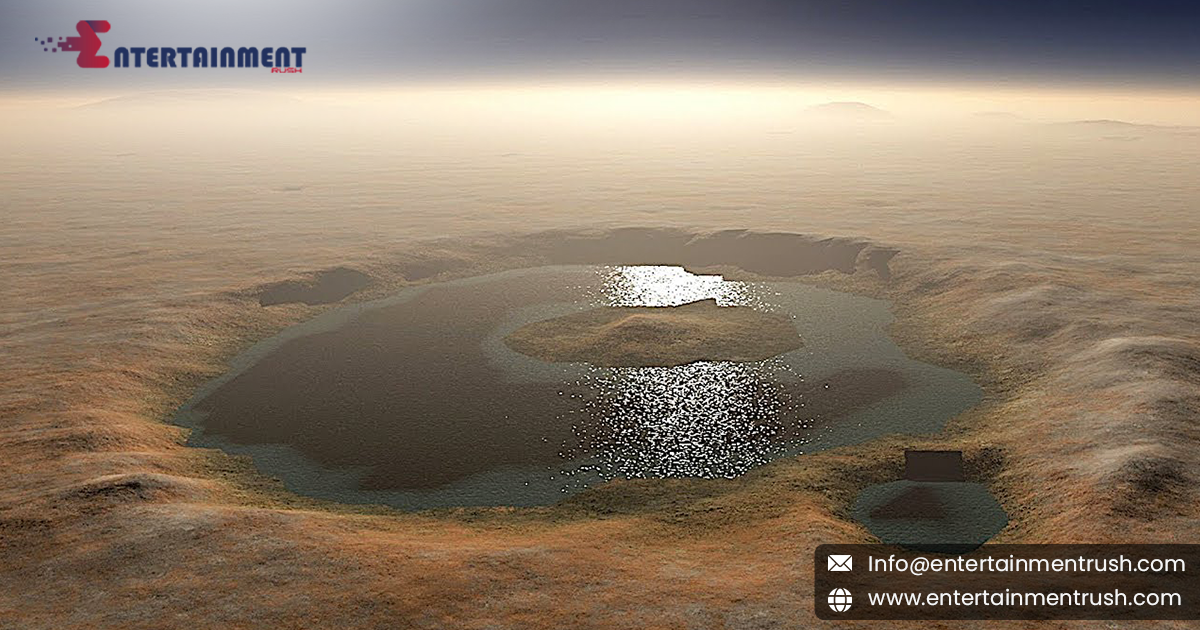The allure of Mars has captivated humanity for decades, with its barren landscapes and red-hued surface sparking dreams of extraterrestrial exploration and the quest for life beyond Earth. Recent scientific advancements have unveiled a remarkable discovery: water beneath the surface of Mars. This revelation of subsurface reservoirs represents a pivotal moment in planetary science, offering profound implications for our understanding of the Red Planet and the potential for future exploration.
The Discovery
The Evidence for Subsurface Water:
The discovery of water on Mars was made possible through a combination of advanced technology and meticulous research. One of the key instruments in this breakthrough was the Mars Reconnaissance Orbiter (MRO), which used its Shallow Radar (SHARAD) to penetrate the Martian surface. The radar waves detected reflections from subsurface layers, indicating the presence of liquid water. Subsequent analysis confirmed that these reflections were consistent with water ice and possibly liquid water in certain conditions.
How the Data Was Collected:
The MRO’s SHARAD instrument operates by sending radar pulses into the Martian surface and analyzing the reflected signals. These reflections can reveal information about the composition and structure of the subsurface layers. By studying the data, scientists identified regions where the radar waves bounced back in a manner consistent with liquid water. This technique, combined with data from other missions and research, provided compelling evidence for the existence of subsurface reservoirs.
Implications of the Discovery
Potential for Life:
One of the most exciting implications of discovering water on Mars is its potential to support life. Water is a fundamental requirement for life as we know it, and the presence of liquid water, even below the surface, raises the possibility that microbial life could exist or may have existed on Mars. This finding prompts further investigations into the planet’s habitability and the search for signs of life.
Future Exploration:
The discovery of subsurface water also has significant implications for future exploration and colonization of Mars. Water is a critical resource for human missions, as it can be used for drinking, agriculture, and even converted into oxygen and hydrogen for fuel. Identifying water sources on Mars provides a potential blueprint for establishing sustainable human settlements and supporting long-term exploration efforts.
Geological Insights:
Understanding the distribution and behavior of water on Mars offers valuable insights into the planet’s geological history. The presence of subsurface reservoirs suggests that Mars may have experienced periods of significant water activity, which could have shaped its current landscape. Studying these reservoirs can help scientists piece together the planet’s climatic and geological evolution.
How the Discovery Could Shape Future Research
Enhanced Missions:
The revelation of subsurface water is likely to influence the design and objectives of future Mars missions. Upcoming rovers and landers may be equipped with instruments specifically designed to explore these water reservoirs, analyze their composition, and assess their potential for supporting life. The focus of future missions could shift towards targeted exploration of areas with confirmed water presence.
Collaboration and Innovation:
This discovery highlights the importance of international collaboration and technological innovation in space exploration. The success of the MRO and other missions demonstrates how advanced instruments and cooperative efforts can lead to groundbreaking discoveries. Future research will benefit from continued advancements in technology and cross-agency collaboration.
Public Engagement and Education:
The discovery of water on Mars captivates the public’s imagination and fosters interest in space science. Educational programs and outreach initiatives can use this finding to inspire the next generation of scientists and engineers, emphasizing the importance of exploration and the potential for discovery in our solar system.
Conclusion
The discovery of water beneath the surface of Mars marks a significant milestone in our exploration of the Red Planet. The revelation of subsurface reservoirs not only enhances our understanding of Mars’ potential for life but also paves the way for future exploration and human missions. As scientists continue to unravel the mysteries of Mars, the presence of water offers both hope and excitement for the future of space exploration. The quest to understand Mars and its hidden secrets is far from over, and this discovery is a testament to the wonders that await as we venture further into the cosmos.




Leave feedback about this